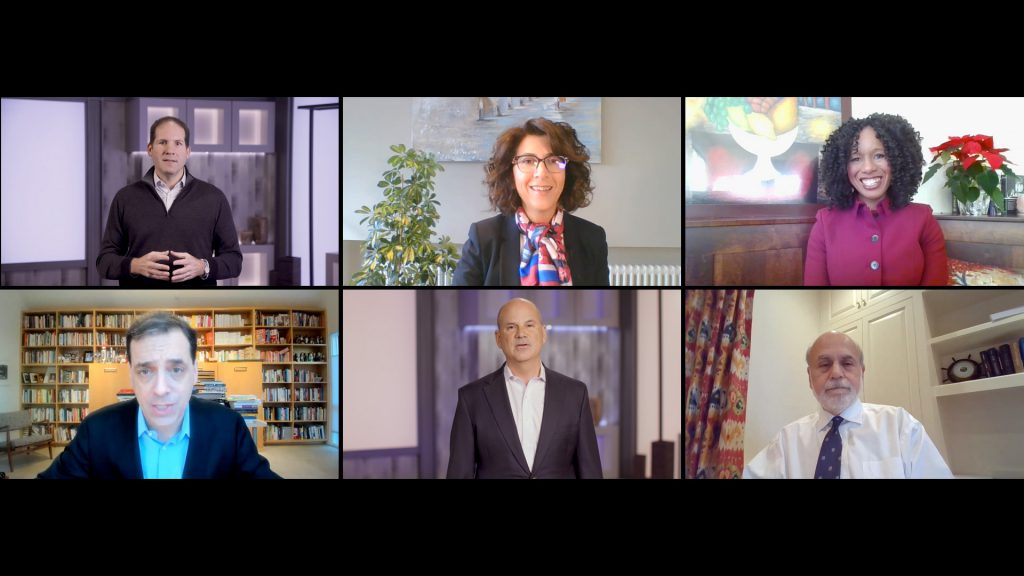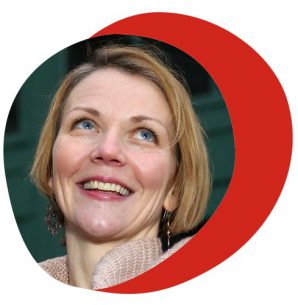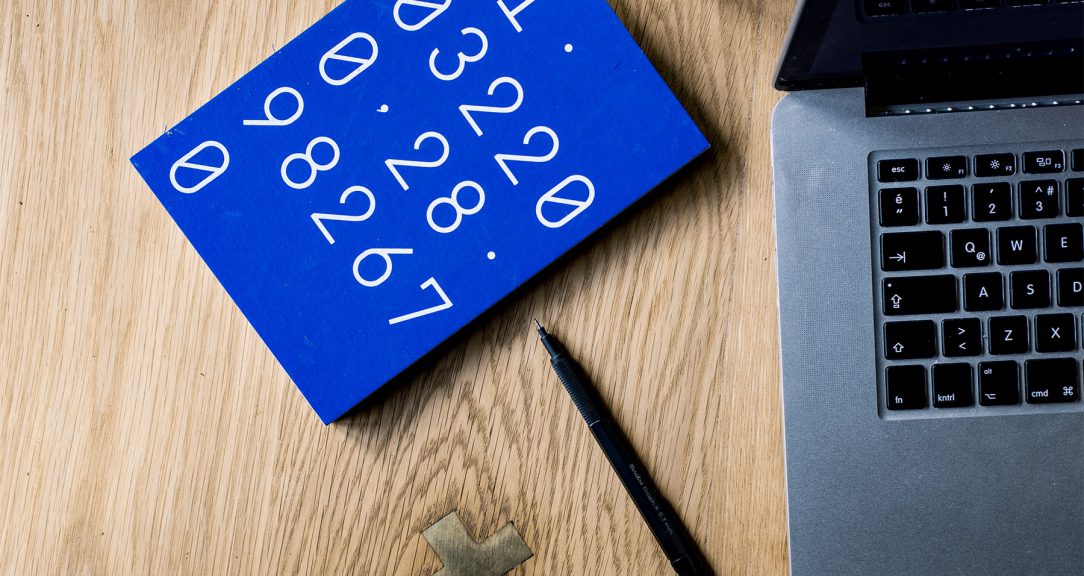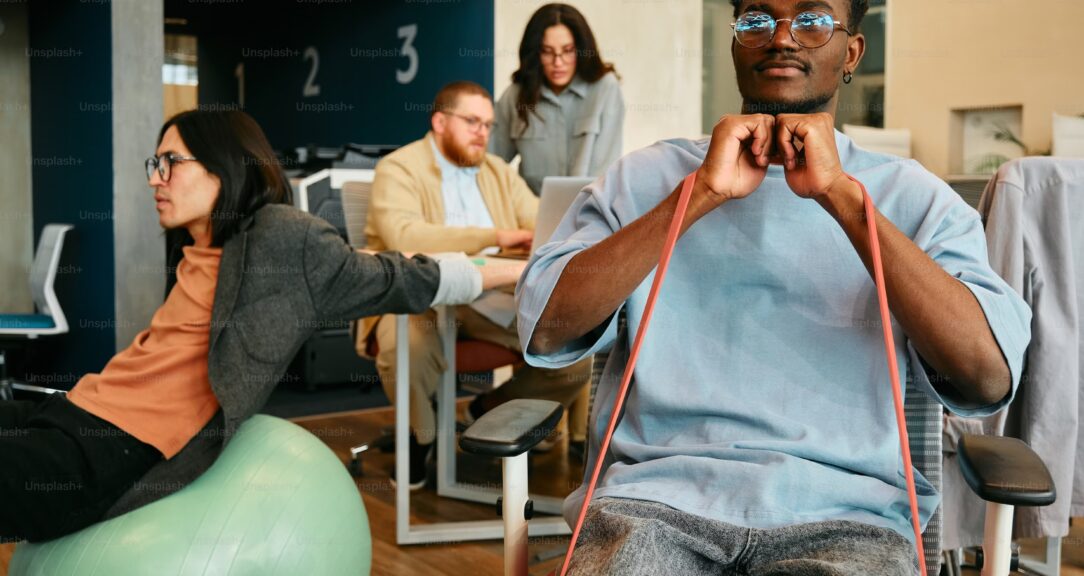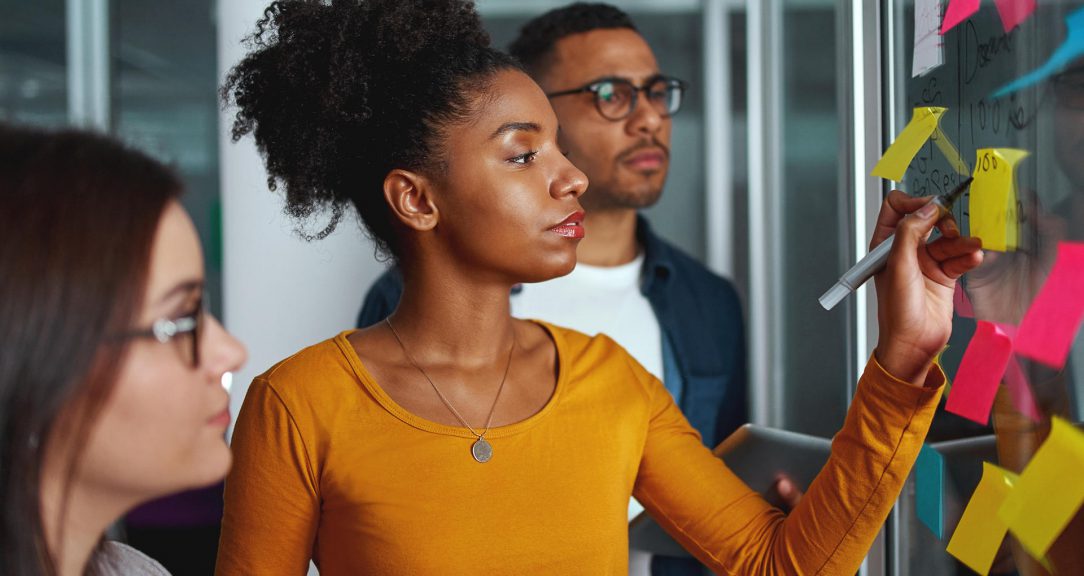Before the initial news of a new respiratory virus started spreading at the end of 2019, no one could have imagined what the world of work would look like in 2020, let alone in 2021. A rapid shift to remote working in response to the Covid-19 pandemic created a need to rethink not only the office, but also how people actually work. The speakers of ADP ReThink Now had a lot to say about how we work today, and the long term impact of Covid-19 on how we might work in the future.
“It’s mostly a terrible set of events that we’ve had in the last year,” said economist Dr. Ben S. Bernanke, former head of the U.S. Federal Reserve. At the same time, he noted, these events brought with them a lot of learnings and ultimately, opportunity to bring about much-needed changes. Such as “how to rethink the office, how to rethink how people work, how their schedules work, part-time work, flexible work. How to deal with customers in different ways that include a combination of online and in-person service,” he said.
Before the pandemic, our work styles and work hours were very much the same as they had been 50 years ago.
“It’s interesting that with all the changes in technology, before the pandemic, our work styles and work hours were very much the same as they had been 50 years ago — the 9-to-5, the commute,” Bernanke said. “I think that the experiences that we’ve had in the last year will trigger some creative thinking by businesses about how to manage their workforces, and how to make their workers more satisfied and more productive.”
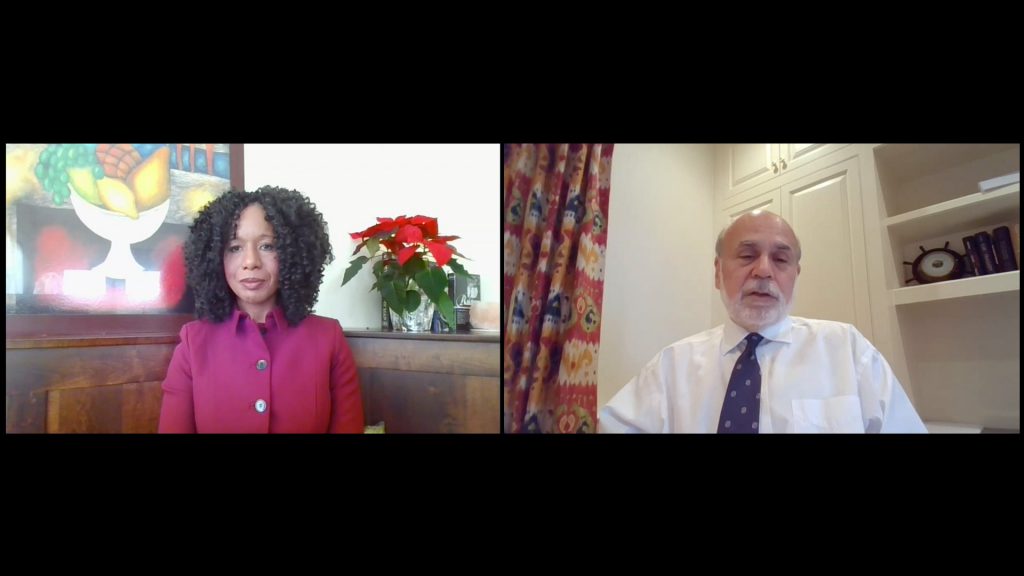
The key learnings: Resilience, serenity, flexibility
At ADP, lockdown arrangements led to creative adjustments. “We prepare and train for all kinds of incidents and crises,” said David Woodward, senior vice president for Product Development International at ADP. “But getting everyone safely out to work from home was just an amazing accomplishment.”
With over 50,000 associates currently working from home and over 860,000 clients around the world who rely on ADP, this was no small feat. And the transformation didn’t end with the shift to remote work. As Don Weinstein, who leads the global product and technology team at ADP, noted, the technology already in place needed to be adjusted to respond to ongoing changes in government regulations, no matter where in the world they took place.
We’ve developed and enhanced our technology to create return-to-work tools in the U.S., diversity, equity and inclusiveness reporting capabilities in Canada and new privacy standards in Brazil, to name just a few.
“Pay sits at the nexus of the relationship between the organization, the individual and government,” Weinstein said. “We’ve developed and enhanced our technology to create return-to-work tools in the U.S., diversity, equity and inclusiveness reporting capabilities in Canada, and new privacy standards with LGPD [General Data Protection Law] in Brazil, to name just a few.”
Still, in order for a shift in working conditions to be considered successful, that agility needs to go beyond just a change in location or advancements in technology. It should also be recognizable both in employees and in employers’ responses to each person’s unique situation.
“I got so much better at doing Zoom and WebEx meetings,” joked Debbie Dyson, president of National Account Services at ADP, when asked about her learnings a year into the pandemic. But behind the scenes, she said she’s noticed three things within the organization that feel profound: resiliency, serenity and flexibility.
“I’ve never seen our organization, or people, or even our clients respond so quickly to have to operate in a new way of working,” Dyson said. “And I think that having this sort of serenity, this calmness circling us, has kept us all grounded. But what I’ve also found to be most enlightening has been the flexibility. Every single one of us has a different dynamic at home or wherever they’re working. So being flexible in terms of people, whether they have families, or they have pets, or they’re single parents, just allowing their work to still excel has been a really great way to see us all unite.”
Teamwork makes the dream work
For Maria Black, president of ADP Worldwide Sales and Marketing, those lessons in unity extended even further as she noted that one of her big learnings came in realizing the power of teams.
“When I think about high-performing teams and teams that trust each other, that are able to divide and conquer, that lead in people knowing their roles and being able to deploy against those roles in very short order, this power really comes back to who we are as a company,” she said.
Indeed, nearly all work done today is teamwork, according to a recent Global Engagement study put out by the ADP Research Institute. Workers who feel they are part of a team are 2.3 times more likely to be fully engaged, making successful remote working intricately connected to how well teams work together. So when it comes to future thinking, acknowledging the changing dynamics of teams is important.
“Most HR systems are designed on legacy data models,” Weinstein said. “These are great at counting things, but they break down when workers, including freelancers, cross multiple dynamic teams. The majority of HR leaders say their human capital management (HCM) systems do not reflect how work actually gets done in their organizations and as a result, the majority don’t actually use their human capital management systems. In the future, HR needs to play a much bigger role in managing the important and growing talent pool of freelancers, taking ownership for their employment value proposition and connecting the dots between traditional and temporary labor and solving a long-standing issue of hidden workers on hidden teams.”
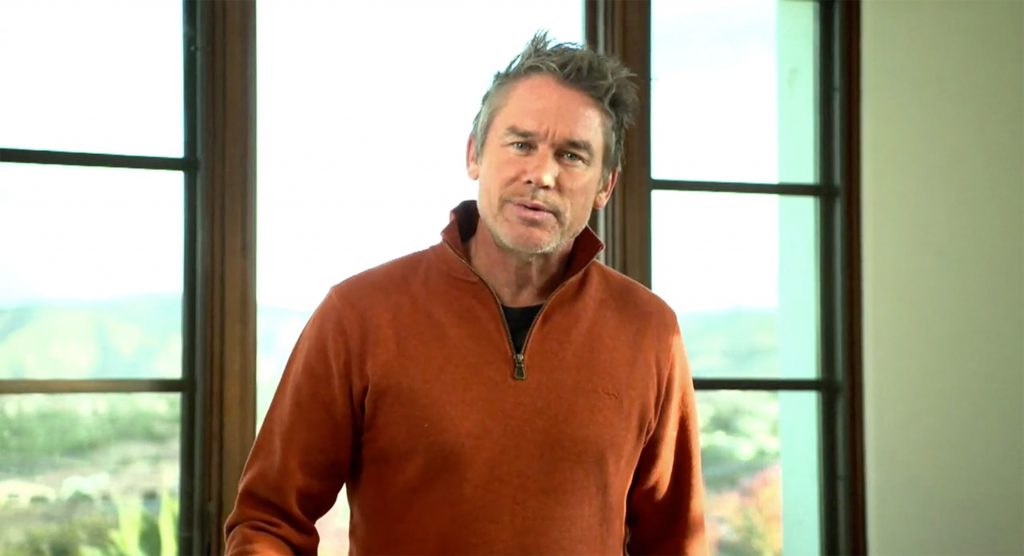
The future of work
Beyond recognizing the changing dynamics of the workforce, which includes temporary workers and freelancers, experts believe that the new world of work needs to accommodate non-traditional roles.
“One thing we’ve learned from the pandemic is that you don’t necessarily have to be in the office from 9-to-5 to be productive, you can work from home, you can have different work hours. We have an aging population, so we will need to adjust work in ways that will allow older people to continue to participate in the workforce,” Bernanke said. “As we think about coming back from this extraordinary period of decentralization, we have to look at how to make the workplace more flexible, more friendly to a wider range of people.”
One thing we’ve learned from the pandemic is that you don’t necessarily have to be in the office from 9-to-5 to be productive.
Businesses, he noted, can try to have “a more diverse workforce, providing more opportunity for workers to negotiate wages and working conditions, giving more flexible working conditions,” as a means of responding to the inequality we’ve seen increasing since the 1970s.
At the same time, even before the pandemic, McKinsey had estimated that nearly 60% of occupations had at least 30% of consistent working activities that could be automated by 2030. This means that for millions of people, the focus of this decade might be skills retraining and reframing. As Virginia Magliulo, president of ADP GlobalView Payroll, pointed out, it’s still quite hard to say what the world of work will look like in a year or two. Some industries may revert to a pre-pandemic situation; others are experiencing slowdowns or accelerations.
“Keeping our employees engaged while helping them to become resilient as they overcome issues relating to isolation is important,” Magliulo said.
ADP’s Global Workplace Study 2020 examined engagement and resilience, finding that employees who love what they do are 3.9 times more likely to be highly resilient.
Around the world, 97% of workers reported that they had experienced changes because of the pandemic. People who experienced five or more changes at work were 13.2 times more likely to be highly resilient.
“We don’t want to rush back to normal if normal means more ambiguity and uncertainty. Humans don’t fear change. Humans fear the unknown,” said Marcus Buckingham of the ADP Research Institute. “Our resilience goes down in the face of uncertainty. If you explain what the change is for and why it exists and why it’s going to be there, we are fine. We don’t want sugarcoating, we want specificity.”
Engagement and resilience will help employers and employees around the world make it through what Bernanke predicts will be a difficult four- to six-month period ahead. But the changes to the workplace will remain in flux. Whether meeting those changes with a redesigned office arrangement, a restructured workforce or reconfigured technology, successful organizational transformation relies on how people interact with each other.
As Black said: “It all comes down to humankind and engaging with each other in a very empathetic way.”
Read more
Sign up to keep up to date with ReThink Q.
